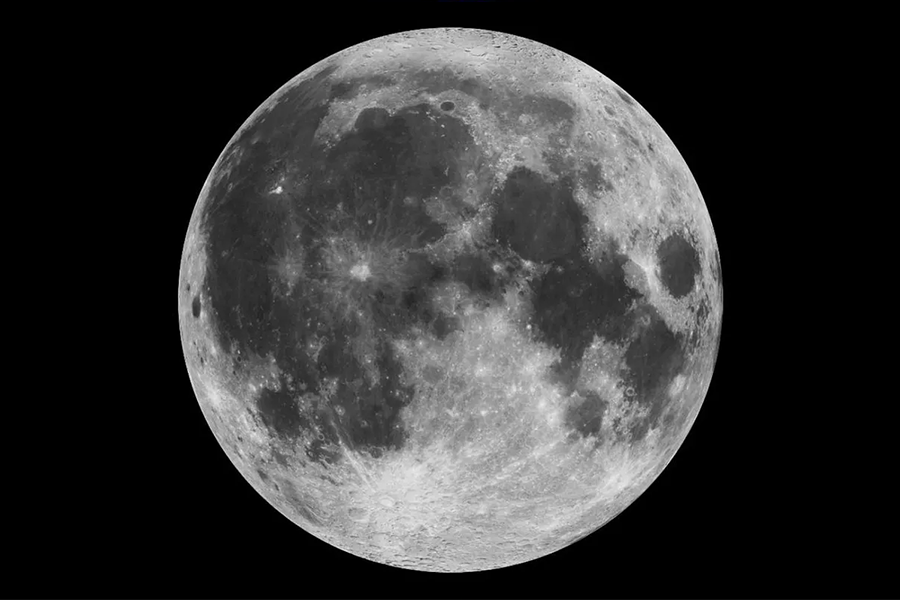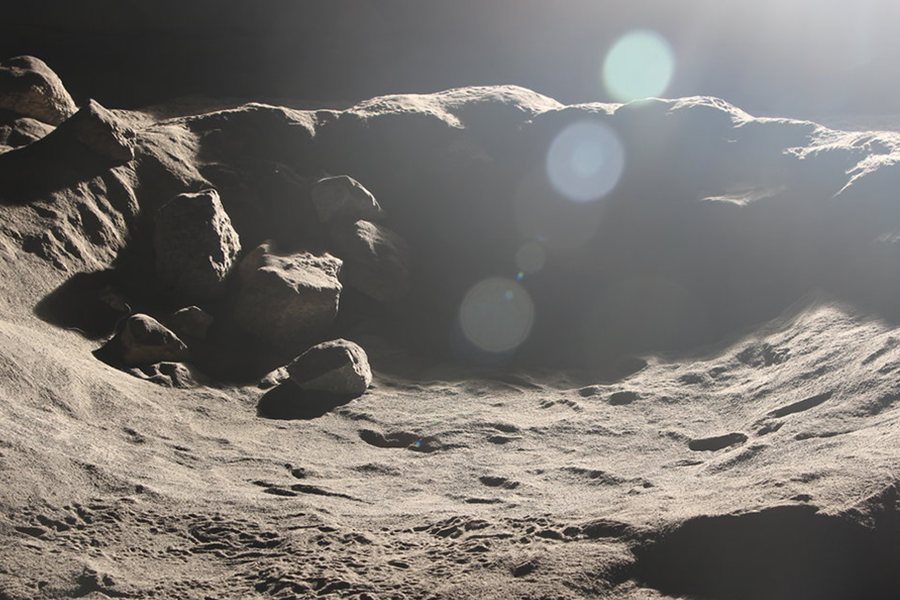The Moon, Earth’s only natural satellite, has been a source of wonder and intrigue for humanity since time immemorial. Despite being the most well-studied celestial body besides Earth, the Moon still harbors numerous mysteries that continue to fascinate scientists and astronomers. From unexplained geological phenomena to enigmatic historical records, the Moon’s secrets are as compelling as ever. Here are some of the most intriguing mysteries of the Moon.

The Origin of the Moon
One of the most enduring questions about the Moon is how it formed. The leading theory is the Giant Impact Hypothesis, which suggests that the Moon resulted from a collision between the early Earth and a Mars-sized body named Theia. This catastrophic event is believed to have ejected vast amounts of debris into space, which eventually coalesced to form the Moon. However, this theory has its inconsistencies, particularly in explaining the Moon’s isotopic similarities to Earth. Other hypotheses, such as the double planet theory and capture theory, also exist but are less widely accepted. The true origin of the Moon remains a topic of active research and debate.
Lunar Magnetic Fields
Unlike Earth, the Moon currently lacks a global magnetic field. However, lunar rocks brought back by the Apollo missions exhibit signs of past magnetism, suggesting that the Moon once had a magnetic field. The cause of this ancient magnetic field and why it dissipated remains a mystery. Scientists propose that the Moon’s core may have once been active, generating a magnetic field similar to Earth’s, but the exact mechanisms and timeline are still unclear.
Moonquakes
Seismic activity on the Moon, known as moonquakes, presents another lunar mystery. Unlike Earthquakes, moonquakes can last much longer due to the Moon’s dry and rigid crust. Some of these quakes are believed to be caused by tidal forces from Earth’s gravity, but others, particularly deep moonquakes, are less well understood. The source and nature of these deep moonquakes continue to puzzle scientists, prompting further study of the Moon’s internal structure.
The Far Side of the Moon
The far side of the Moon, often mistakenly called the “dark side,” was a complete mystery until the Soviet Luna 3 spacecraft photographed it in 1959. Unlike the near side, which is dominated by vast lunar maria, the far side is heavily cratered and lacks large, flat plains. The reasons for these stark differences in geological features remain a subject of scientific investigation. Some theories suggest that they result from differences in the Moon’s crustal thickness or from past impacts that shaped its surface differently on each side.

Water on the Moon
The discovery of water on the Moon has revolutionized our understanding of this celestial body. Initially thought to be a barren, dry world, the Moon has been found to contain water ice, particularly at its poles in permanently shadowed craters. Recent missions have detected hydroxyl molecules and even hints of liquid water beneath the surface. The presence of water raises important questions about its origin — whether it was delivered by comets and asteroids, outgassed from the Moon’s interior, or produced by interactions with the solar wind. Understanding the distribution and state of lunar water is crucial for future human exploration and potential colonization.

Transient Lunar Phenomena
For centuries, astronomers have reported observing brief, inexplicable flashes of light and changes in color on the Moon’s surface, known as Transient Lunar Phenomena (TLP). These events, which can last from a few seconds to several hours, have been documented but remain poorly understood. Possible explanations include outgassing, meteorite impacts, or electrostatic discharges. Despite modern observations and sophisticated equipment, TLPs are still a mystery, with no consensus on their exact cause.
The Moon’s Anomalous Gravity
The Moon’s gravitational field is not uniform, exhibiting regions of stronger and weaker gravity known as mascons (mass concentrations). These anomalies, first discovered during the Apollo missions, are primarily associated with large impact basins. The exact nature of these mascons and their implications for the Moon’s geologic history are still being studied. Understanding these gravitational variations is crucial for planning lunar missions and may provide insights into the Moon’s internal structure.
The “Hollow Moon” Hypothesis
One of the more controversial and speculative ideas is the “Hollow Moon” hypothesis, which suggests that the Moon is not a solid body but rather has a significant hollow interior. This theory is not supported by mainstream science, but it persists in popular culture and alternative scientific theories. Proponents of this hypothesis point to unusual features such as the Moon’s low density and certain seismic readings. However, extensive studies and lunar missions have provided no credible evidence to support this idea.
The Moon, despite being our closest celestial neighbor, continues to intrigue and mystify us with its many unexplained phenomena. Each mystery, from its formation and magnetic past to the presence of water and strange seismic activity, invites further exploration and study. As future missions, including potential manned missions under NASA’s Artemis program, aim to return to the Moon and establish a sustainable presence, we can anticipate uncovering more of the Moon’s secrets and perhaps even solving some of its enduring mysteries.



